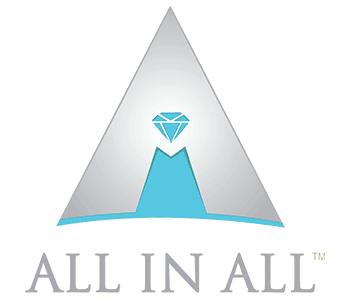Term or Temporary Life Insurance, Whole Life Insurance or Permanent Life Insurance & Universal Life Insurance are the three types of Life Insurances.
Your life insurance needs are determined by a range of factors such as your age, household income, marital status, number of dependents, your debt profile, mortgage loan and amortization schedule.
Let’s know more about Whole Life Insurance here

Whole Life or Permanent Life Insurance stays in force for the policyholder’s lifetime, as long as they continue to pay premiums till they die or surrender the policy. The premiums stay the same but are more expensive than term life insurance as they are guaranteed to pay out eventually. Some whole life policies may allow you to pay increased premiums, for a set period of time or up to a certain age, with no more premiums required after that.
The death benefit amount also does not change. Whole life insurance is one of the most popular types of life insurance coverage in Canada as it’s ideal for people who want to maintain their life insurance coverage into their old age since it never expires
Other benefits include the accumulation of a cash value alongside their policy. The policy holder can borrow against this sum or surrender the policy to redeem this amount. This option is available only after paying premiums for some number of years into the term. If this cash value is borrowed it will have to be reimbursed back into their policy within a timeframe. The cash value if withdrawn by the policy holder will be taxed.

Some whole life insurance policies come with an investment component called a participating policy which is separate from your insurance component. The insurer invests a part of the premium in a low risk corporation for a steady rate of return.
The returns on this investment income are tax free when left to a beneficiary, but is taxed if borrowed from the policy.
Pros: Whole Life Insurance premiums remain the same for your entire life.
It builds up a cash value against which you can borrow.
It may have a participating component, earning a steady rate of return for your beneficiary, which is tax free.
Cons: Premiums are more expensive than term life insurance.
The investment income if borrowed from the policy is taxed.
Contact us today for more details.









